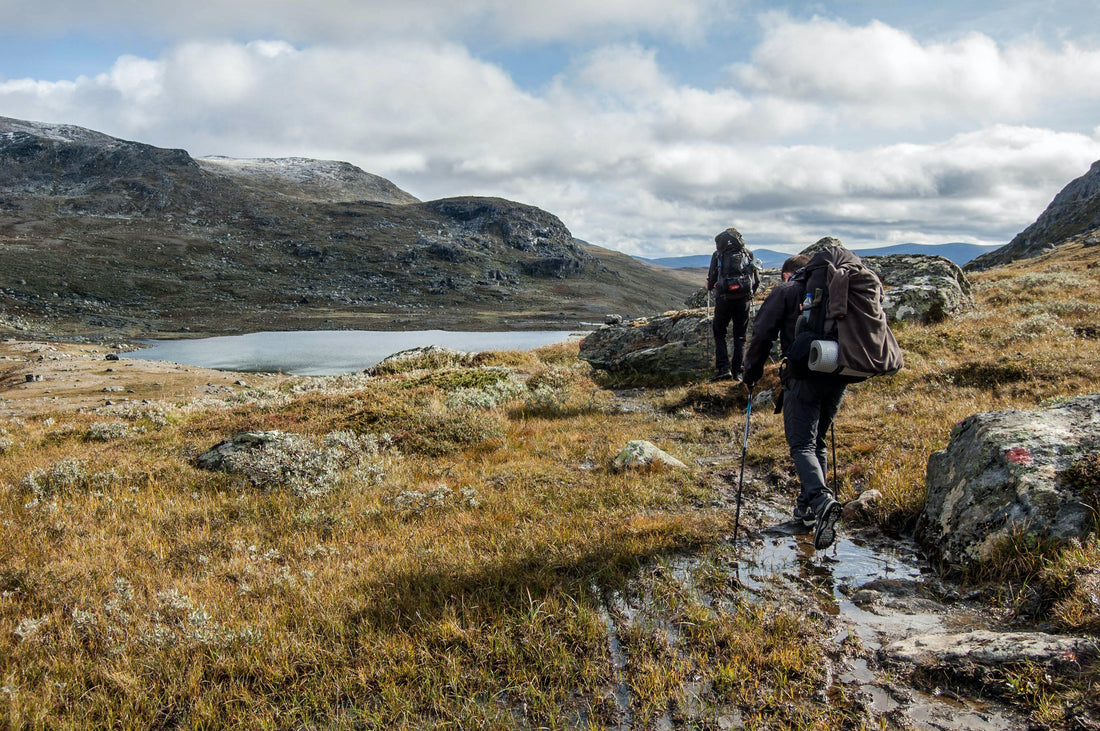
Winter walk in nature
Share



The human immune system can be activated when exposed to the cold and this enhances your ability to fight infections. Practicing sport, or walking, in winter can help to reduce your likelihood of contracting illnesses as a result of this.
We can add a lots of thing to this list why walking is healthy, because this list is endless. Walking is a form of weight-bearing exercise which can help reduce the risk of heart disease and stroke, improve high blood pressure, regulate cholesterol, improve balance, strengthen bones, increase muscle strength and endurance, reduce the risk of diabetes, improve cardiovascular and pulmonary (heart and lung) fitness, and also help to manage joint and muscular pain.
You don’t have to start with big things to get healthier. Walk around 15 minutes daily can be a good start. But don’t forget if you walk in a wooded, field, bushy place, ticks can be found, even in winter. Because of mild winters ticks can survive buried under pile of leaves and other humid warm environments, their number is not decreasing, therefore there is a risk of a possible tick infestation even in winter. “Because tick activity depends on temperatures being above a certain minimum, shorter winters could also extend the period when ticks are active each year, increasing the time that humans could be exposed to Lyme disease.” (US EPA) This means that the number of Lyme disease infection is higher in winter period than we think. The Eastern and Western blacklegged tick, AKA deer tick – the tick that causes Lyme disease – can survive temperatures just above freezing when snow is not present. They can become active whenever the temperature rises above freezing (to about 35 degrees) and when there’s no snow on the ground, says James Burtis, a postdoctoral associate in the department of entomology at Cornell University in Ithaca, N.Y., who has studied the wintertime biology of blacklegged ticks. This makes it possible to find active adult female ticks in cold weather if they do not find a sufficient meal by the end of fall. Thus, it is absolutely possible to be bitten and infected by a tick during the winter.
Unfortunately, winter is flu season also. The symptoms of tick borne disease are very similar to the symptoms of flu, it can be easily misdiagnosed. Take preventive steps before it is too late! Always prepare for your walks and use a repellent product even in winter. Ultrasonic repellents could be the perfect choice for those who don’t want to use chemicals on themselves, or feel that chemical protection is not required in winter.
Sources:
- https://www.connecthealth.co.uk/blog/winter-walking/
- https://humbledavenport.com/blog/health-benefits-of-walking/
- https://pubmed.ncbi.nlm.nih.gov/8925815/
- https://igenex.com/blog/can-you-get-lyme-disease-in-winter/#:~:text=Can%20you%20get%20Lyme%20disease%20in%20the%20winter%3F,a%20risk%20all%20year%2Dround.
- https://www.washingtonpost.com/health/even-in-winter-you-need-to-watch-out-for-ticks-and-mosquitoes/2020/01/10/3d3ec2fe-30dd-11ea-91fd-82d4e04a3fac_story.html
- https://www.epa.gov/climate-indicators/climate-change-indicators-lyme-disease
